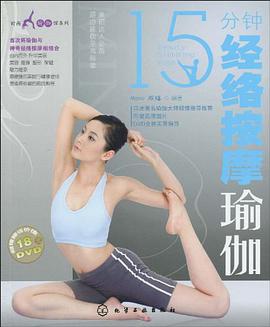

In the first book to provide a feminist analysis of early modern madness, Carol Thomas Neely reveals the mobility and heterogeneity of discourses of "distraction," the most common term for the condition in late-sixteenth- and early-seventeenth-century England. Distracted Subjects shows how changing ideas of madness that circulated through medical, dramatic, and political texts transformed and gendered subjectivities. Supernatural causation is denied, new diagnoses appear, and stage representations proliferate. Drama sometimes leads and sometimes follows other cultural discourses--or forges its own prophetic figures of distraction. The Spanish Tragedy first links madness to masculine tragic self-representation and Hamlet invents a language to dramatize feminine somatic illness. Innovative women's melancholy is theorized in medical and witchcraft treatises and then elaborated in the extended portrait of the Jailer's Daughter's distraction in The Two Noble Kinsmen. Lovesickness, newly diagnosed in women, demands novel cures, and allows expressions of transgressive sexual desire in treatises and in plays such as As You Like It. The rituals of possession and exorcism, intensely debated off stage are mocked and exploited on stage in reiterated comic scenes of confinement that madden men to enhance women's power. Neely provides a startling challenge to the critically alluring analogy between Bedlam and the early modern stage by documenting that Bethlem hospital offered care, not spectacle. An epilogue shows how our own attitudes toward distraction are haunted by those earlier debates and representations.
具體描述
讀後感
評分
評分
評分
評分
用戶評價
相關圖書
本站所有內容均為互聯網搜索引擎提供的公開搜索信息,本站不存儲任何數據與內容,任何內容與數據均與本站無關,如有需要請聯繫相關搜索引擎包括但不限於百度,google,bing,sogou 等
© 2025 qciss.net All Rights Reserved. 小哈圖書下載中心 版权所有




















